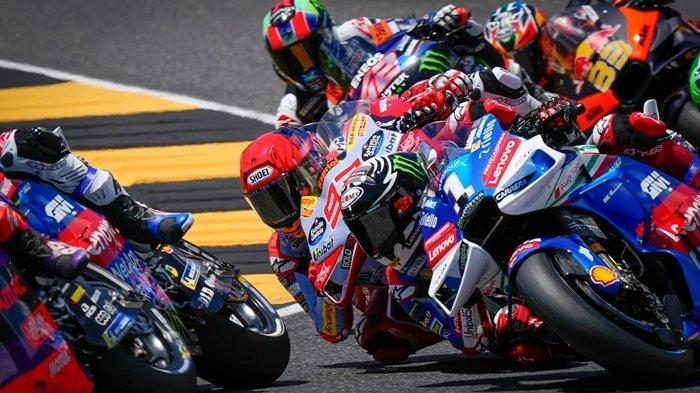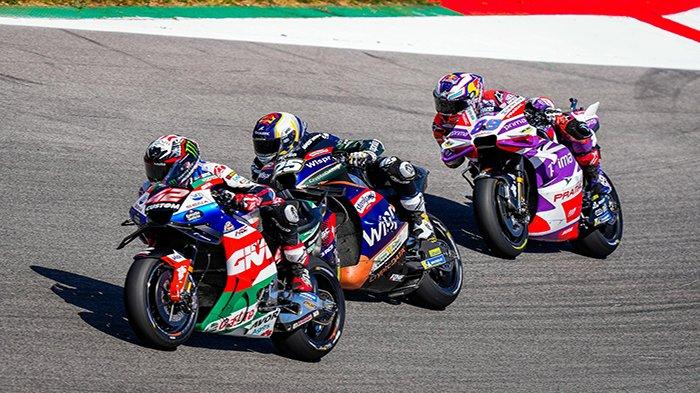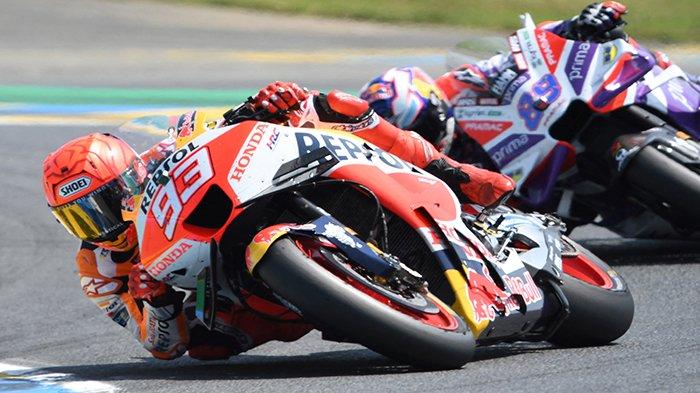The Hells Angels: A Sociological Study

Table of Contents
The Organizational Structure of the Hells Angels
The Hells Angels are far from a disorganized mob; they possess a surprisingly sophisticated organizational structure. Understanding this structure is crucial to comprehending their power and longevity.
Hierarchy and Membership
The HAMC operates on a hierarchical system, with various ranks and responsibilities. Membership is not easily attained; it’s a process requiring dedication and proving oneself worthy.
- Prospects: Individuals seeking membership go through a probationary period as prospects. They perform tasks and demonstrate their commitment.
- Hangarounds: These individuals are not yet prospects but associate with the club, observing and learning.
- Full Members: Achieving full membership signifies acceptance into the brotherhood, granting access to the club's inner circle and privileges.
- Officers: Chapters have officers, including Presidents, Vice Presidents, and Sergeants-at-Arms, responsible for maintaining order and club operations.
- Mother Chapters: Certain chapters hold significant influence and act as mother chapters to subsidiary chapters.
The initiation process is notoriously rigorous, designed to test loyalty and commitment. The coveted "patch," featuring the iconic Hells Angels death head, is a powerful symbol of membership, representing belonging, status, and adherence to the club's code.
Internal Governance and Rules
The HAMC has internal rules and regulations, a complex system enforced to maintain order and control within the organization. These rules encompass various aspects of club life, from codes of conduct to dispute resolution.
- Loyalty and brotherhood are paramount; betrayal is severely punished.
- Internal conflicts are handled through established mechanisms, often involving mediation by senior members.
- Violation of club rules can lead to expulsion or even more serious consequences, depending on the severity of the infraction.
- While the club's internal structure is secretive, accounts suggest a complex system of checks and balances to maintain power and prevent internal fragmentation.
The Hells Angels Subculture
The Hells Angels are more than just a motorcycle club; they represent a distinct subculture with shared values, beliefs, and symbols that foster a strong sense of identity and belonging.
Shared Identity and Values
The Hells Angels cultivate a powerful sense of brotherhood and camaraderie. Several key elements contribute to this identity:
- Motorcycle Culture: Motorcycles are central to their identity, representing freedom, rebellion, and a rejection of mainstream society.
- Symbolism: The death head patch, along with other insignia, serves as powerful symbols of their identity and affiliation.
- Masculinity and Rebellion: The club's image emphasizes masculinity, rebellion, and a defiance of societal norms. This contributes significantly to the group's appeal.
Rituals and Traditions
The club engages in various rituals and traditions that reinforce group cohesion and identity:
- Initiation Ceremonies: These ceremonies mark the transition from prospect to full member, embedding individuals within the club's structure and ideology.
- Meetings and Gatherings: Regular meetings and social events strengthen bonds and maintain communication within the chapter and across chapters.
- Celebrations and Commemorations: The club celebrates milestones and commemorates fallen members, further strengthening their bond.
Criminal Activities and the Law
It's crucial to acknowledge that the Hells Angels have a history of involvement in criminal activities, leading to significant conflict with law enforcement agencies globally.
- Drug Trafficking: Many HAMC chapters have been linked to drug trafficking, including the manufacturing, distribution, and sale of illicit substances.
- Extortion and Violence: The club has been implicated in extortion rackets, violence, and other criminal enterprises.
- Legal Strategies: The Hells Angels utilize sophisticated legal strategies to protect themselves from prosecution, challenging law enforcement's tactics.
- Criminal Organization Debate: The ongoing debate about whether the HAMC should be legally classified as a criminal organization reflects the complex nature of their activities.
Societal Impact and Public Perception
The Hells Angels' societal impact is multifaceted, shaped by both their criminal activities and public perception.
Media Portrayal and Public Opinion
Media portrayals have significantly shaped public perceptions of the Hells Angels:
- Negative Stereotypes: The media often presents a highly negative and stereotypical image of the club, focusing on their criminal activities.
- Sensationalism: News coverage frequently sensationalizes their actions, contributing to a distorted public image.
- Public Attitudes: As a result of media representations, public attitudes towards the Hells Angels are often characterized by fear, distrust, and negative judgment.
The Hells Angels and Society
The club's interaction with society is complex, extending beyond criminal activities:
- Limited Community Involvement: While some chapters may engage in limited community involvement or charitable activities, these instances are often overshadowed by their criminal reputation.
- Social Costs: The Hells Angels' criminal activities impose substantial social costs, including violence, drug abuse, and economic disruption.
Conclusion
This sociological analysis of the Hells Angels Motorcycle Club reveals a complex organization with a structured hierarchy, a distinct subculture, and a significant societal impact. Their activities extend beyond motorcycle riding, encompassing a range of social and criminal interactions. Understanding their internal dynamics, values, and the nuances of their interaction with law enforcement is crucial to forming a nuanced understanding that avoids simplistic labels. This study highlights the need for ongoing research and careful consideration of the complexities inherent in analyzing such a multifaceted group. For a deeper dive into the sociological complexities of the Hells Angels Motorcycle Club, explore further academic research on outlaw motorcycle gangs. Further studies into HAMC operations and their impact on society are essential to developing informed policy and combating their criminal activities.

Featured Posts
-
 Dreyfus Affair 130 Years Later A Call For Posthumous Promotion
May 25, 2025
Dreyfus Affair 130 Years Later A Call For Posthumous Promotion
May 25, 2025 -
 The Hollywood Strike Understanding The Actors And Writers Demands
May 25, 2025
The Hollywood Strike Understanding The Actors And Writers Demands
May 25, 2025 -
 Polemique Ardisson Baffie Il Vient Cracher Dans La Soupe Le Clash Qui Fait Parler
May 25, 2025
Polemique Ardisson Baffie Il Vient Cracher Dans La Soupe Le Clash Qui Fait Parler
May 25, 2025 -
 Accenture Promotion Delays Resolved 50 000 Employees To Be Upgraded
May 25, 2025
Accenture Promotion Delays Resolved 50 000 Employees To Be Upgraded
May 25, 2025 -
 Les Films De Melanie Thierry A Ne Pas Manquer
May 25, 2025
Les Films De Melanie Thierry A Ne Pas Manquer
May 25, 2025
Latest Posts
-
 The Best Nike Running Shoes For 2025 Reviews And Buying Guide
May 26, 2025
The Best Nike Running Shoes For 2025 Reviews And Buying Guide
May 26, 2025 -
 Jadwal Lengkap Moto Gp Inggris 2025 Hari Tanggal And Jam Tayang
May 26, 2025
Jadwal Lengkap Moto Gp Inggris 2025 Hari Tanggal And Jam Tayang
May 26, 2025 -
 Live Streaming Moto Gp Inggris 2025 Jadwal Fp 1 Hasil Latihan Dan Tayangan Trans7
May 26, 2025
Live Streaming Moto Gp Inggris 2025 Jadwal Fp 1 Hasil Latihan Dan Tayangan Trans7
May 26, 2025 -
 Jadwal Moto Gp Inggris 2025 Balapan Pekan Ini
May 26, 2025
Jadwal Moto Gp Inggris 2025 Balapan Pekan Ini
May 26, 2025 -
 Hasil Latihan Bebas Moto Gp Inggris 2025 Fp 1 Jadwal And Siaran Langsung Di Trans7
May 26, 2025
Hasil Latihan Bebas Moto Gp Inggris 2025 Fp 1 Jadwal And Siaran Langsung Di Trans7
May 26, 2025
